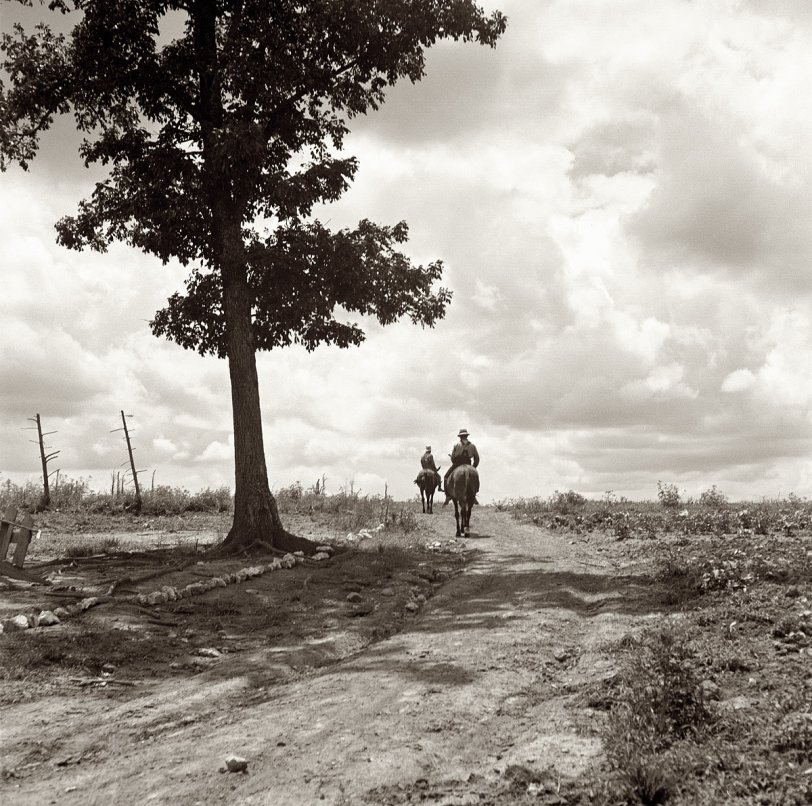


Framed or unframed, desk size to sofa size, printed by us in Arizona and Alabama since 2007. Explore now.
Shorpy is funded by you. Patreon contributors get an ad-free experience.
Learn more.

- Texas Flyer wanted
- Just a Year Too Soon
- WWII -- Replacing men with women at the railroad crossing.
- Yes, Icing
- You kids drive me nuts!
- NOT An Easy Job
- I wonder
- Just add window boxes
- Icing Platform?
- Indiana Harbor Belt abides
- Freezing haze
- Corrections (for those who care)
- C&NW at Nelson
- Fallen Flags
- A dangerous job made worse
- Water Stop
- Passenger trains have right of way over freights?
- Coal
- Never ceases to amaze me.
- Still chuggin' (in model form)
- Great shot
- Westerly Breeze
- For the men, a trapeze
- Tickled
- Sense of loneliness ...
- 2 cents
- Charm City
- What an Outrage
- Brighton Park
- Catenary Supports
Print Emporium
Gone Visiting: 1939

July 1939. "Sons of Negro tenant farmer go visiting on a Saturday afternoon." Granville County, North Carolina. View full size. Medium-format nitrate negative by Dorothea Lange for the Farm Security Administration.
Type of crops
Most likely they grew tobacco. That's the only real cash crop that was grown in the region. Too far north for cotton and soy beans and peanuts came later. For the record, it's actually very good farm land in that area. The picture give a bad impression.
I used to work in Granville Co. You wouldn't recognize the place now. Most of the farmland has gone wild and the deer are so numerous that it's almost impossible to drive at night during the rutting season. I don't want to start a political argument, but I have to scratch my head when I hear how we're "destroying the environment". You couldn't prove it by Granville Co, or much of rural North Carolina for that matter.
I remember
If you had a pair of mules, you couldn't ride just one because they would be stubborn and act up if you tried to ride off without their mate. That is why I suspect there are two mules in this picture. And you could get awfully sore "you know where" from riding these things too unless you had a saddle or blanket or something for a cushion.
That sure is some hardscrabble land to try to make a farm out of too...I wonder what types of crops they farmed.
composition
a ridiculously beautiful composition. the story this pictures tells is marvelous!
Rocks in a Row
The intentional placement of those rocks in a row suggests they were intended to mark some kind of boundary, but of what? I've seen photos of military bases where rocks would be arranged along the walkways to the barracks. Some were even whitewashed. And rocks were often used to outline flower beds.
Whatever the reason, it demonstrates some pride of place on the part of the tenant farmer.
























On Shorpy:
Today’s Top 5